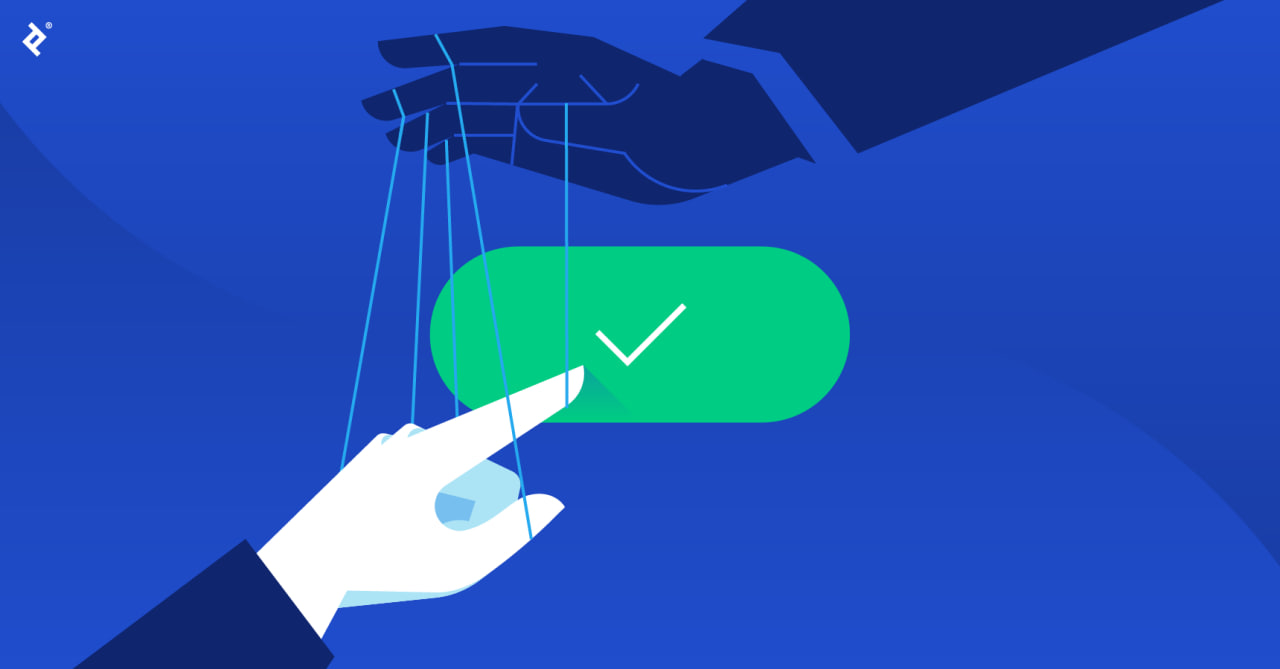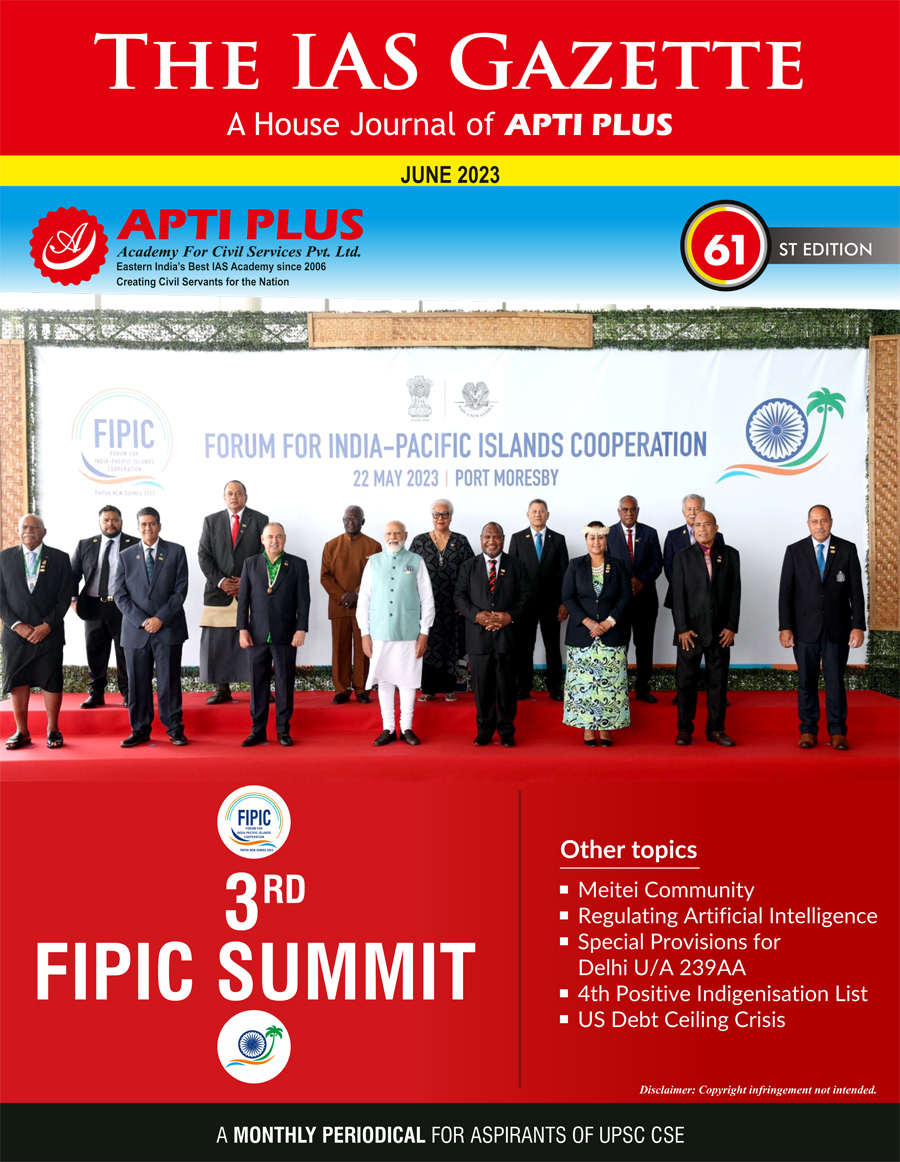Description

Copyright infringement not intended
Context: The Secretary of the Department of Consumer Affairs strongly recommended internet platforms not to involve in unfair trade practices by introducing dark patterns into their web dashboards to manipulate customer choice and breach consumer rights.
Details
- If you have ever shopped online, signed up for a service, or downloaded an app, you may have encountered dark patterns. These are design choices that manipulate you into taking actions that you might not otherwise take, such as buying a product, signing up for a service, or sharing personal information.
- Dark patterns are not only unethical but also illegal in some countries. The government of India has recently asked online platforms to avoid dark patterns that compromise consumer interests.
What are dark patterns?
- Dark patterns are design choices that exploit cognitive biases, emotional triggers, or deceptive wording to influence user behaviour. They often make it difficult for users to access or understand the information they need, or to exercise their rights and preferences.

Some common types of dark patterns are:
Bait and switch
- The user is promised one thing, but then given something else or forced to agree to additional terms. For example, a free trial that automatically converts into a paid subscription without the user's consent.
Confirm shaming
- The user is made to feel guilty or ashamed for not choosing a certain option, such as a subscription or a donation. For example, a pop-up that says "No thanks, I don't care about saving money" when the user tries to close it.
Countdown timer
- The user is pressured to make a decision quickly by showing a fake or arbitrary timer that creates a sense of urgency or scarcity. For example, a banner that says "Only 2 items left in stock! Order now before it's too late!"
Hidden costs
- The user is not informed of the full price or fees until the final stage of the checkout process, making it harder to cancel or compare alternatives. For example, a flight booking adds taxes, baggage fees, and insurance at the last step.
Misdirection
- The user is distracted from the important information or choices by highlighting or emphasizing something else, such as a testimonial or a badge. For example, a website that shows a large "Buy Now" button and hides the "Continue Shopping" button in small font.
Why are dark patterns harmful?
- Dark patterns can have negative consequences for your online privacy, such as exposing your data to third parties, signing you up for unwanted services or subscriptions, or tricking you into spending more money than you intended.
- Dark patterns are a serious threat to consumer rights and trust in the digital economy. They undermine the autonomy and dignity of consumers by exploiting their cognitive biases and vulnerabilities. They distort the market competition by creating an uneven playing field for online platforms that respect consumer choice and consent.
What is the Government doing about it?
- The Government has taken several steps to protect consumers from dark patterns and other unfair trade practices in the online space. The Consumer Protection Act, 2019, which came into force last year, has provisions to deal with misleading advertisements, unfair contracts, e-commerce liabilities and consumer redressal mechanisms.
- The Government has also issued guidelines for e-commerce entities to ensure transparency, accountability and fair treatment of consumers.
How can you avoid dark patterns?
- The Government is committed to ensuring that consumers have a safe, secure and fair online experience and that their rights are respected and protected. However, as a consumer, you can also take some steps to avoid falling prey to dark patterns, such as:
- Be aware of the common types and techniques of dark patterns and how they affect your decision-making.
- Read the fine print carefully and look for hidden clauses, fees, or terms before agreeing to anything.
- Take your time and do not rush into making decisions based on urgency or scarcity cues.
- Compare prices and options from different sources and do not rely on discounts or testimonials as indicators of quality or value.
- Opt out of any unnecessary data collection or sharing and review your privacy settings regularly.
- Report any instances of dark patterns or manipulative online practices on the National Consumer Helpline by calling 1915.

Conclusion
- Dark patterns are deceptive and harmful design choices that violate consumer rights and online privacy. By being aware of how they work and how to avoid them, you can make informed and empowered choices online.
Must-Read Articles:
DARK PATTERNS: https://www.iasgyan.in/daily-current-affairs/dark-patterns
|
PRACTICE QUESTION
Q. What is a dark pattern?
A) A design choice that guides users towards a desired action
B) A design choice that manipulates users into doing something they don't want to
C) A design choice that enhances the user experience and satisfaction
D) A design choice that violates the user's privacy and security
Answer: B
Explanation: Dark patterns are deceptive and unethical design practices that exploit the user's cognitive biases, emotions, or lack of information to influence their behaviour, often against their best interests.
|
https://indianexpress.com/article/explained/explained-sci-tech/govt-dark-patterns-explained-8698289/
















